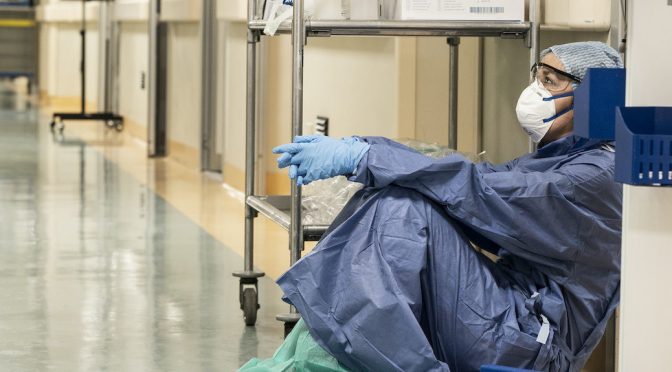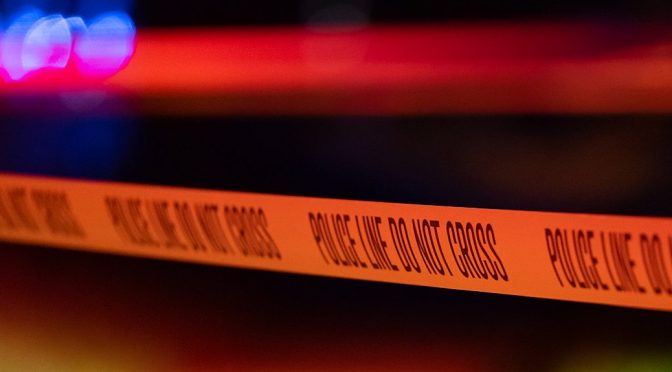Emily Berman’s paper explores the ways in which existing law and policy envision distinct pandemic-response roles for the state and federal governments, and distinct powers to fulfill those roles. It examines the United States’ coronavirus response and argues that the federal government failed to bring the full range of its powers to bear—and indeed, that… Continue reading The Roles of the State and Federal Governments in a Pandemic
Category: COVID-19
Emergency Powers, Real and Imagined: How President Trump Used and Failed to Use Presidential Authority in the COVID-19 Crisis
Can a president abuse emergency powers by not using them? Elizabeth Goitein explains that President Trump has utilized aggressive rhetoric and claimed the powers of the president during an emergency are absolute. Yet he has been restrained to a fault when deploying emergency powers to address the COVID-19 national health crisis. His approach to emergency… Continue reading Emergency Powers, Real and Imagined: How President Trump Used and Failed to Use Presidential Authority in the COVID-19 Crisis
A Historical Review of the State Police Powers and Their Relevance to the COVID-19 Pandemic of 2020
In response to COVID-19, U.S. states and localities are exercising various health actions under their inherent police powers—often facing stiff resistance by the public and the courts. Edward P. Richards outlines how states and localities enjoyed broad police powers over public health since the colonial period. The Supreme Court limited this authority only in cases… Continue reading A Historical Review of the State Police Powers and Their Relevance to the COVID-19 Pandemic of 2020



